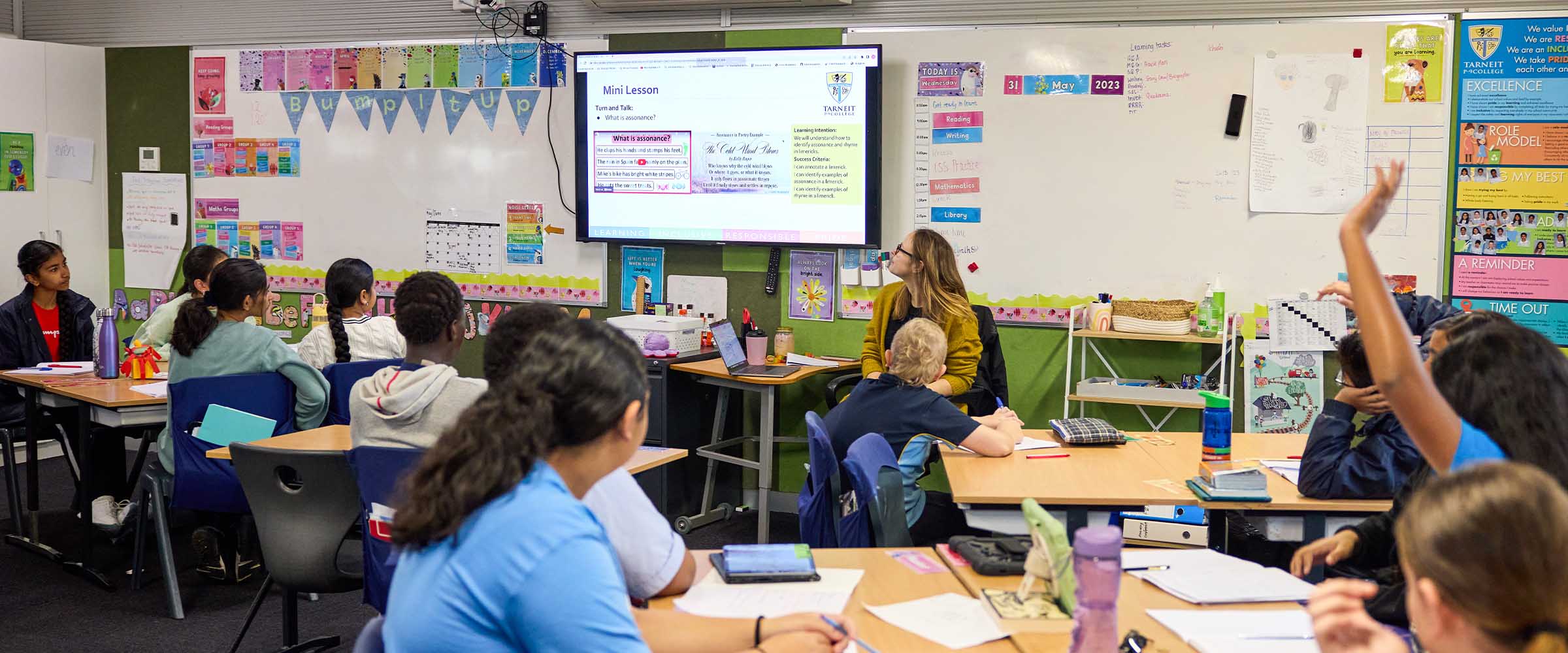To achieve their best possible mental health outcomes, so they can reach their full potential, we can assist children by knowing what promotes their wellbeing. So, how do we find this out? We include their voices.
Why include children's voices?
They have the right to be heard in decisions affecting their lives (United Nations Convention on the Rights of the Child UNCRC). Creating an inclusive learning community where everyone feels respected links to Be You’s vision. Protecting children’s rights contributes to their wellbeing.
How children express themselves
Children know a great deal about what contributes to their wellbeing, but may be less able to communicate their thoughts and feelings verbally. The Mosaic Approach developed by Peter Moss and Alison Clark in Participatory research with children respects the many nonverbal ways children express themselves, using photo-tours and drawings. Consider using the Always Be You symbols with children to assist in starting a conversation about wellbeing.
Ways of listening to children
- Observe young children’s behaviour. What might the child be thinking or feeling? Use the BETLS observation tool
- Explore wellbeing in play, for example: Give children time to play. Children record and recall their play experiences – stories, photos and drawings
- Combine drawing and chatting with children about what makes them feel good
- Photo-tours: Children take photos of their wellbeing places where they feel good or safe
- Develop a survey with pictures for young children to find out how they are feeling
- Co-create empowering environments for active participation. Learn more here.
Share your experiences in one of our Be You Conversations.

